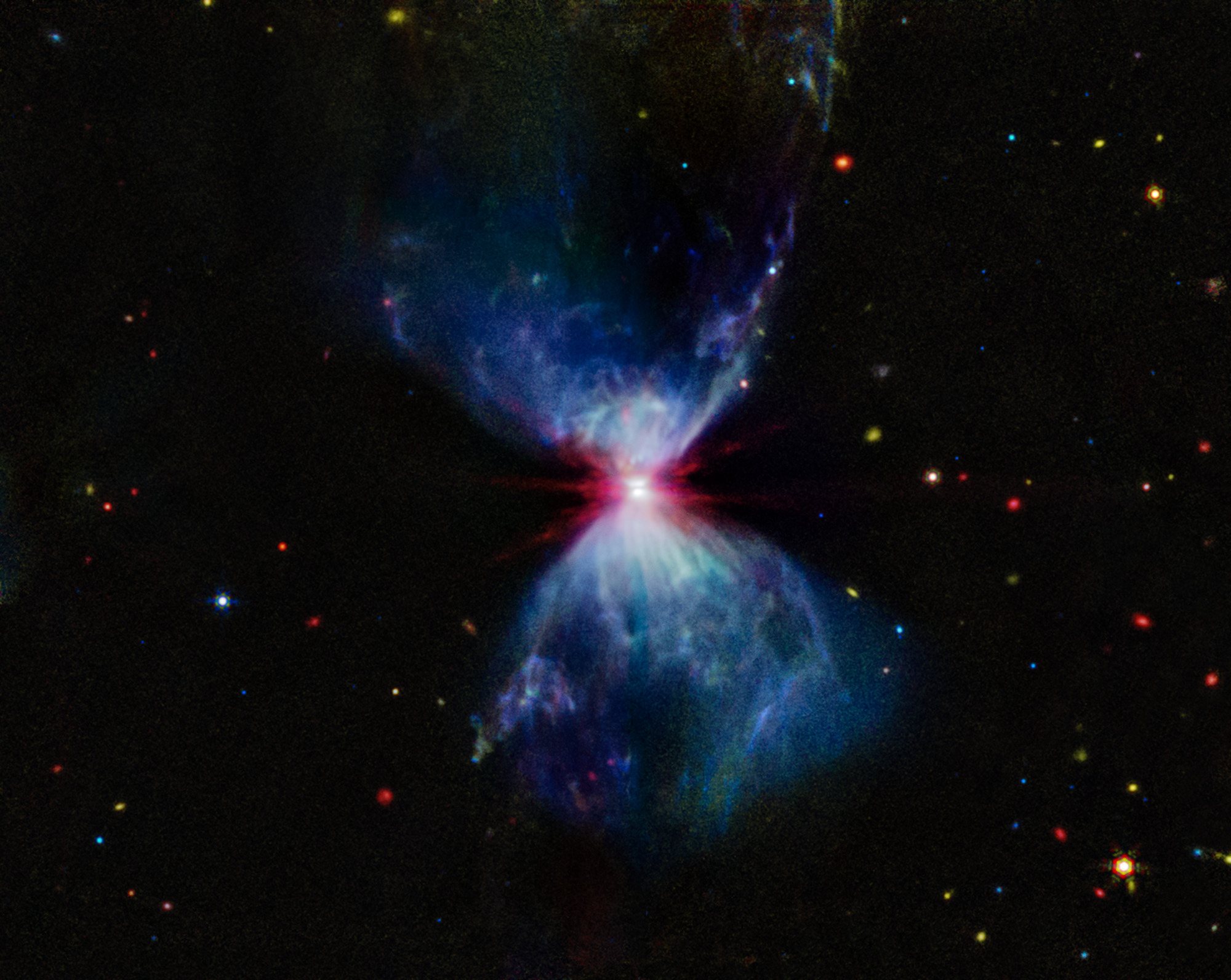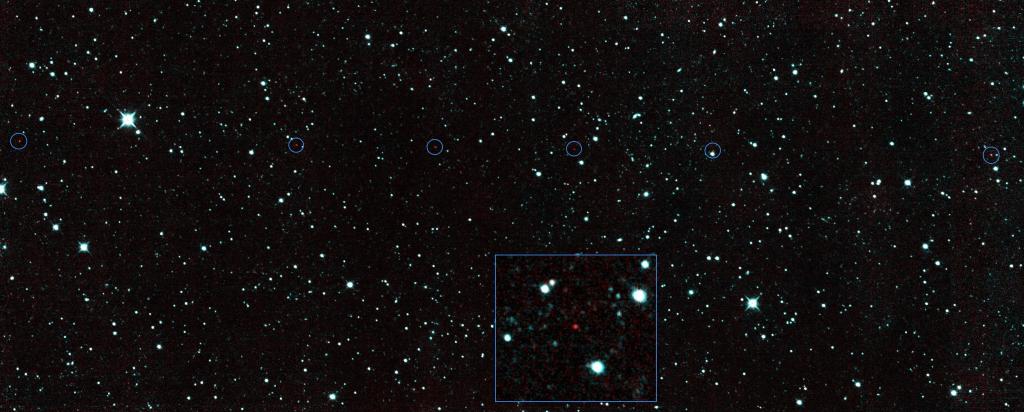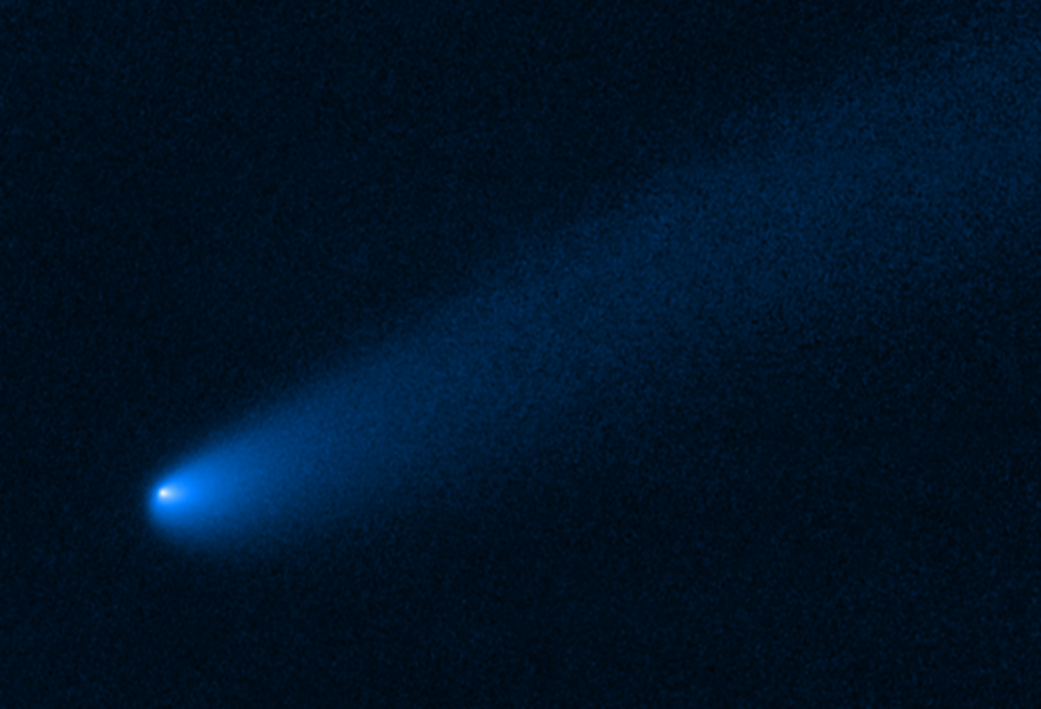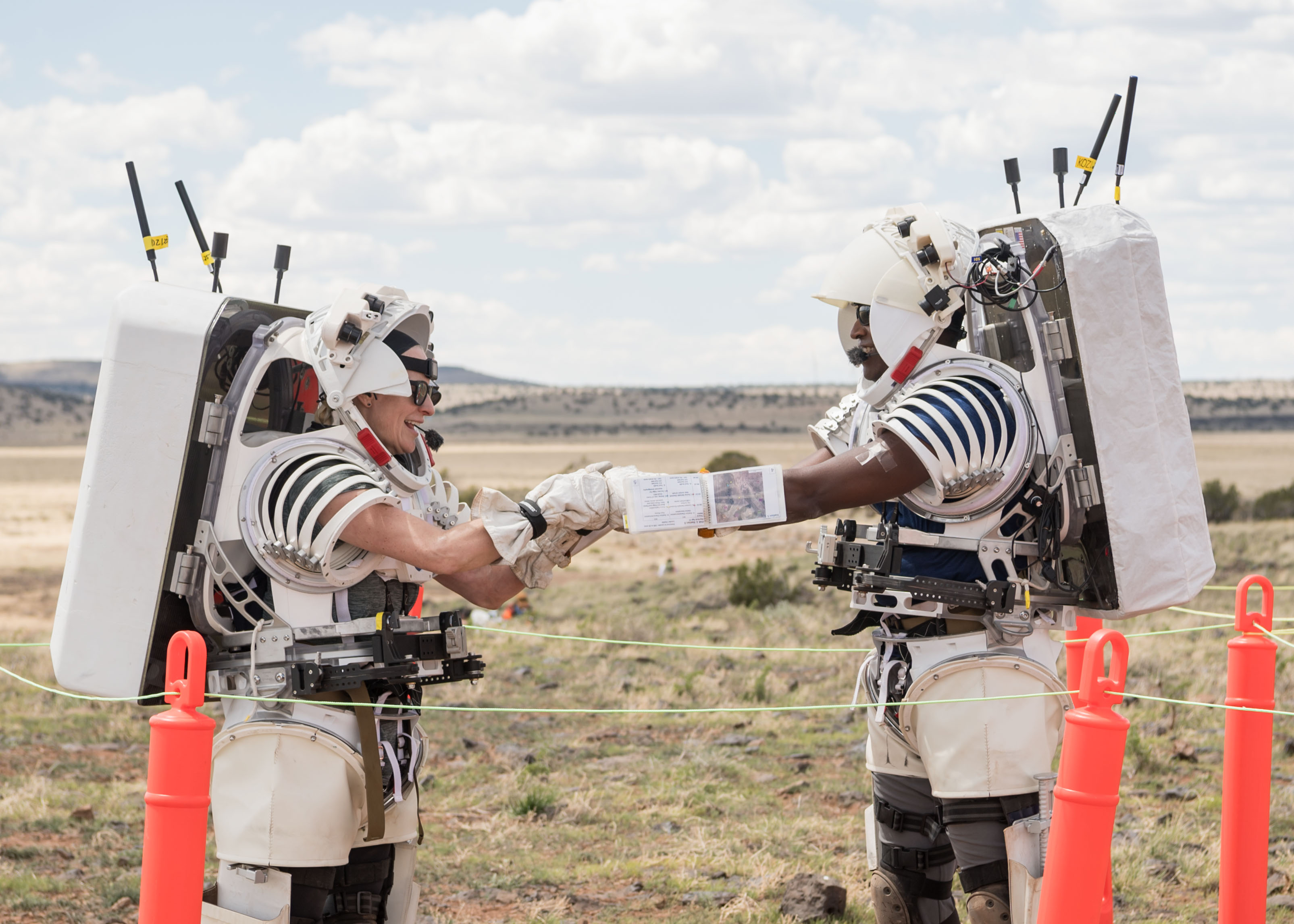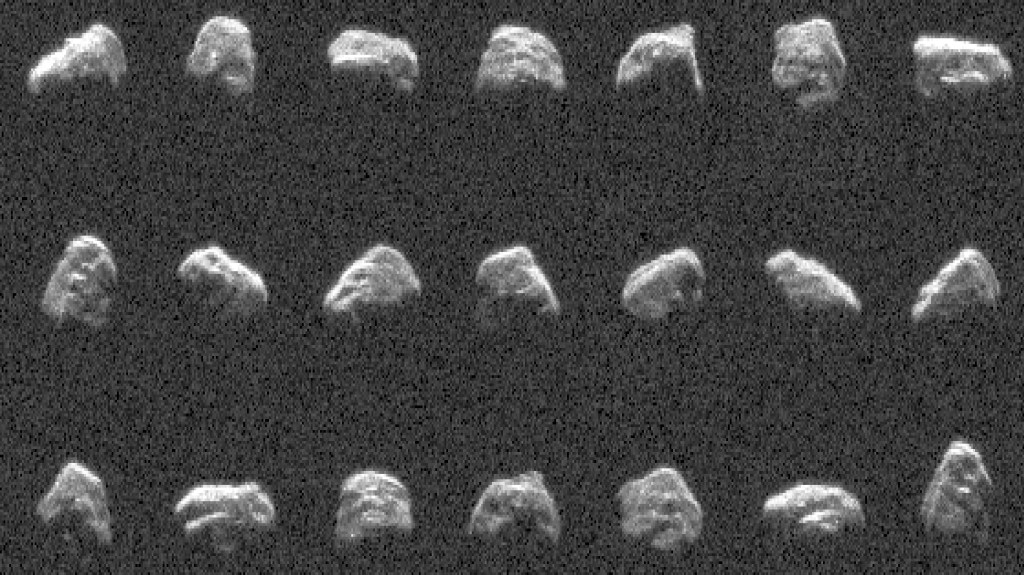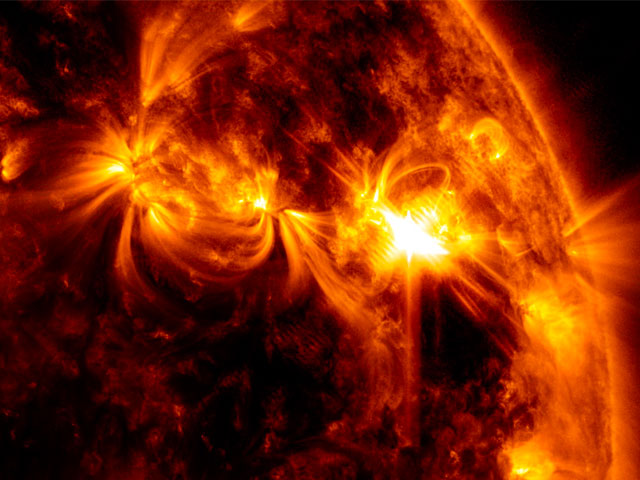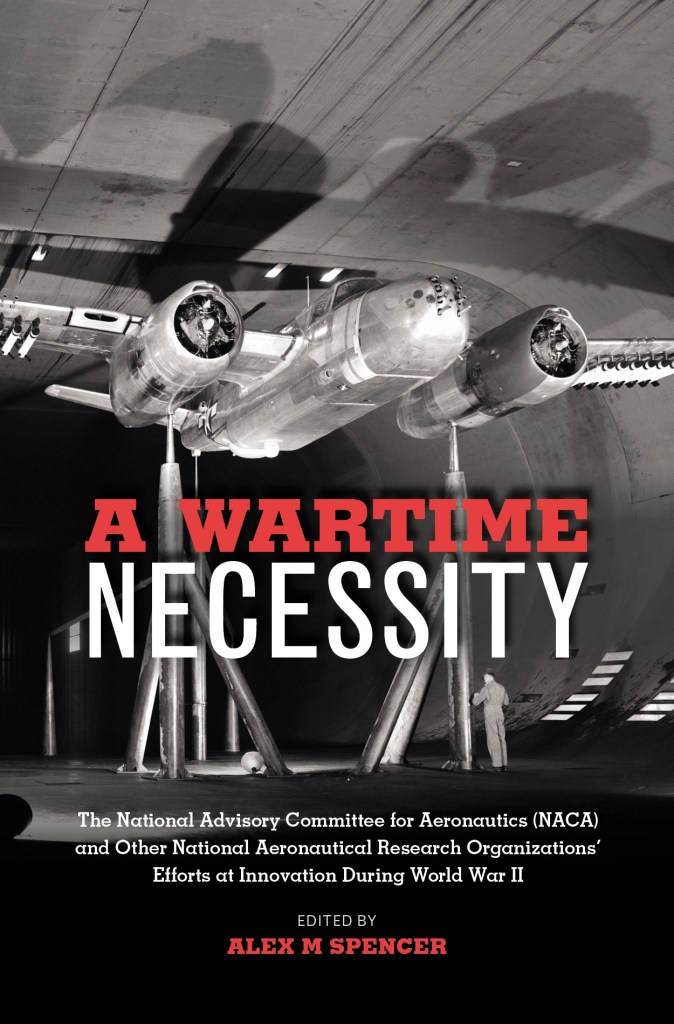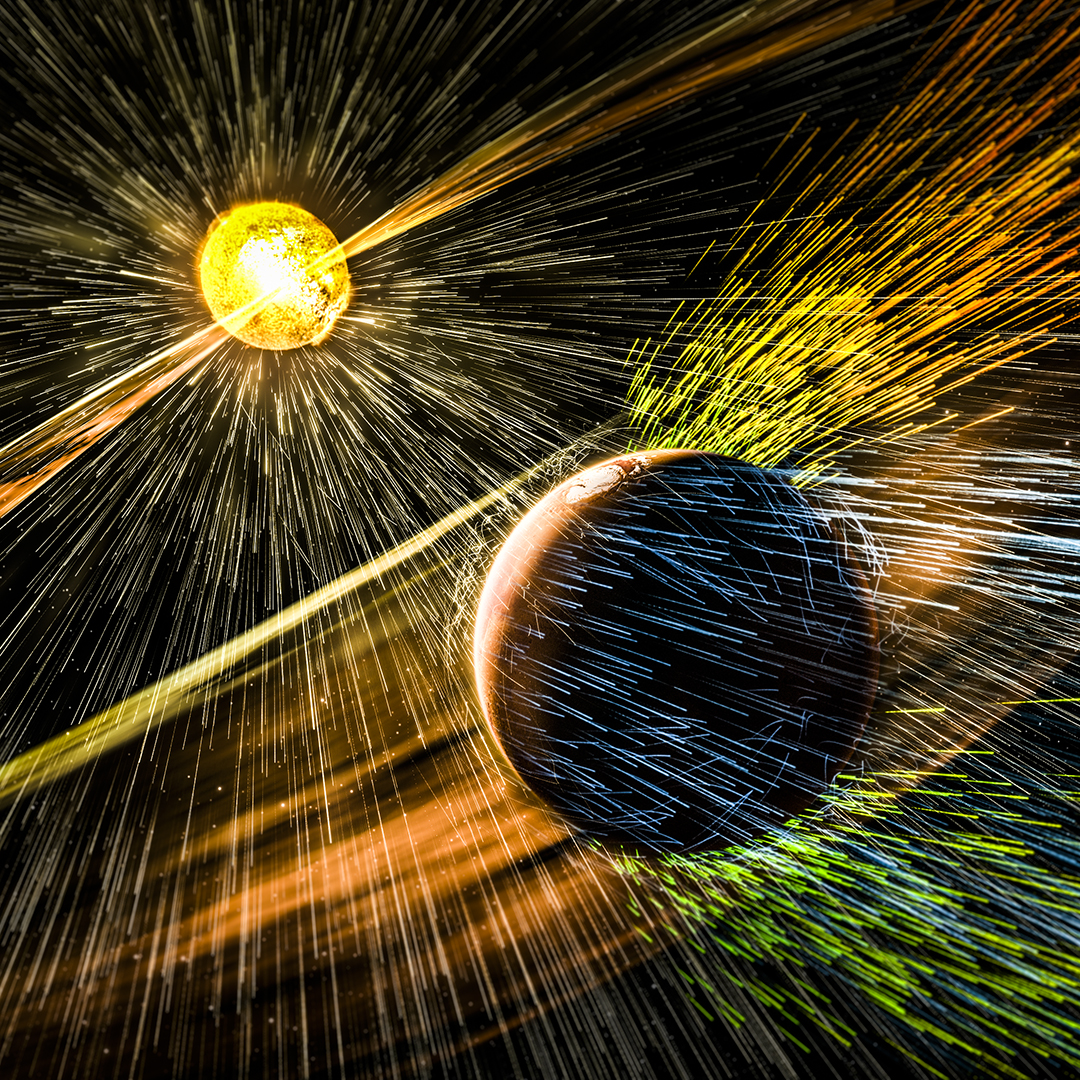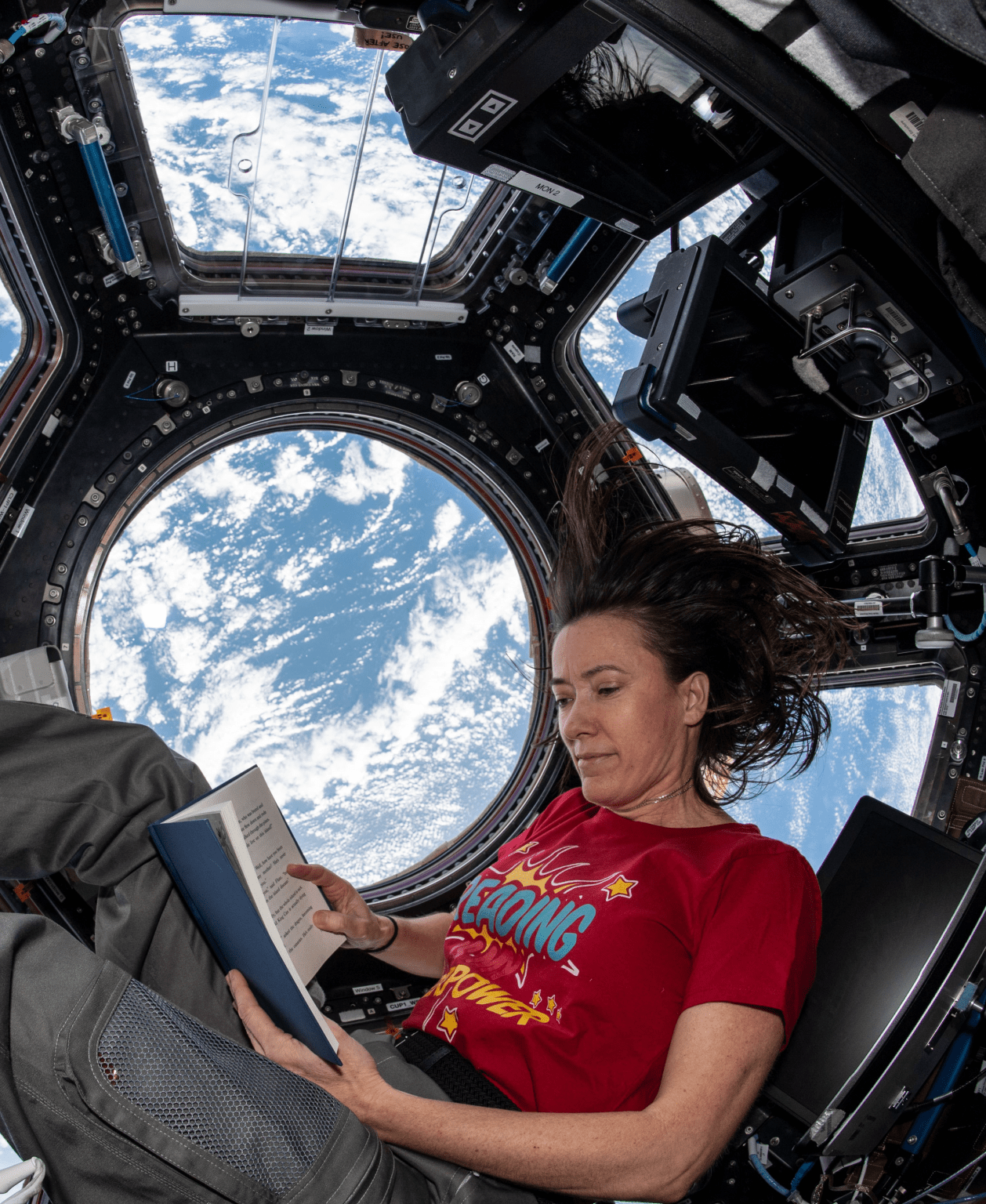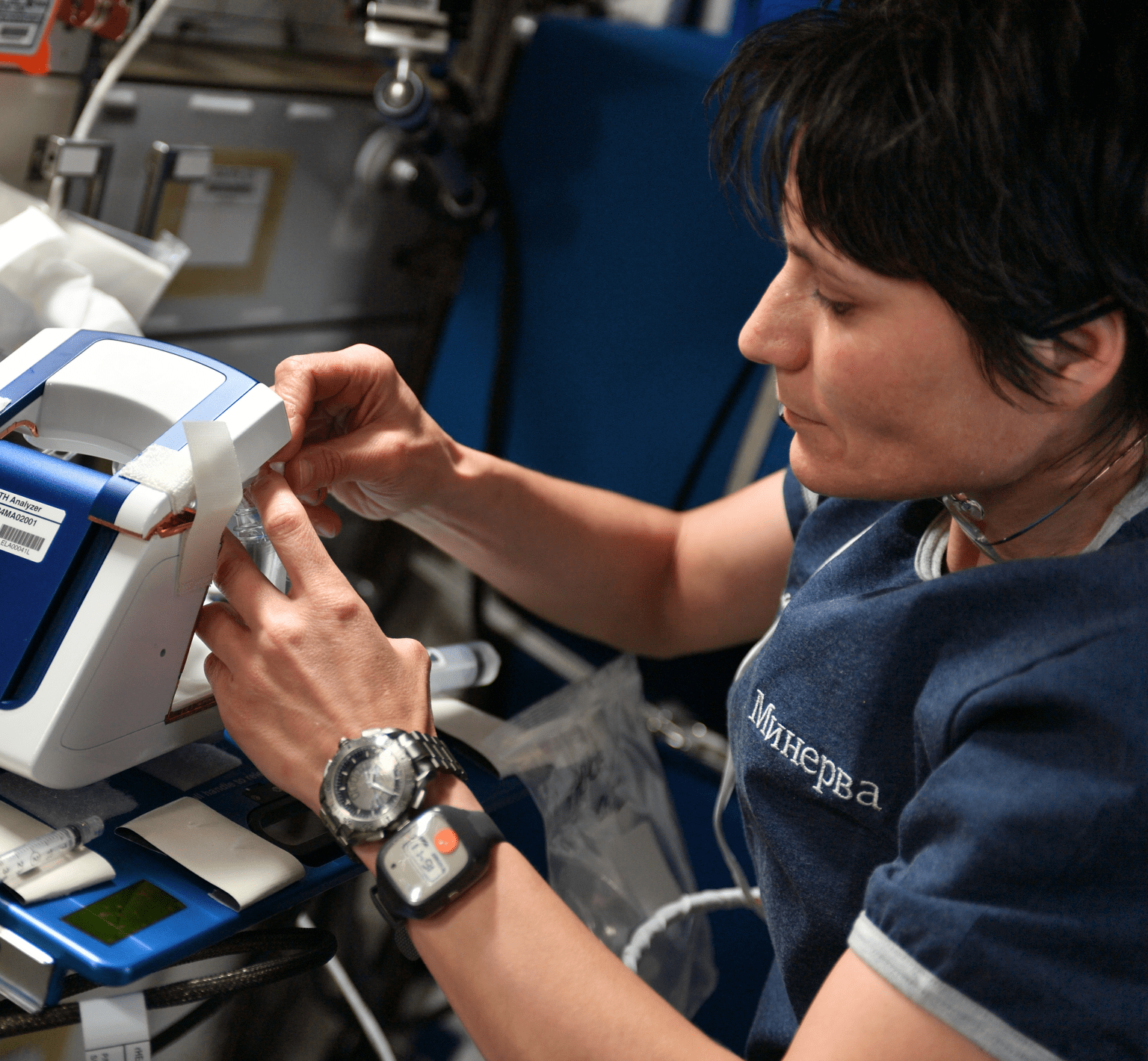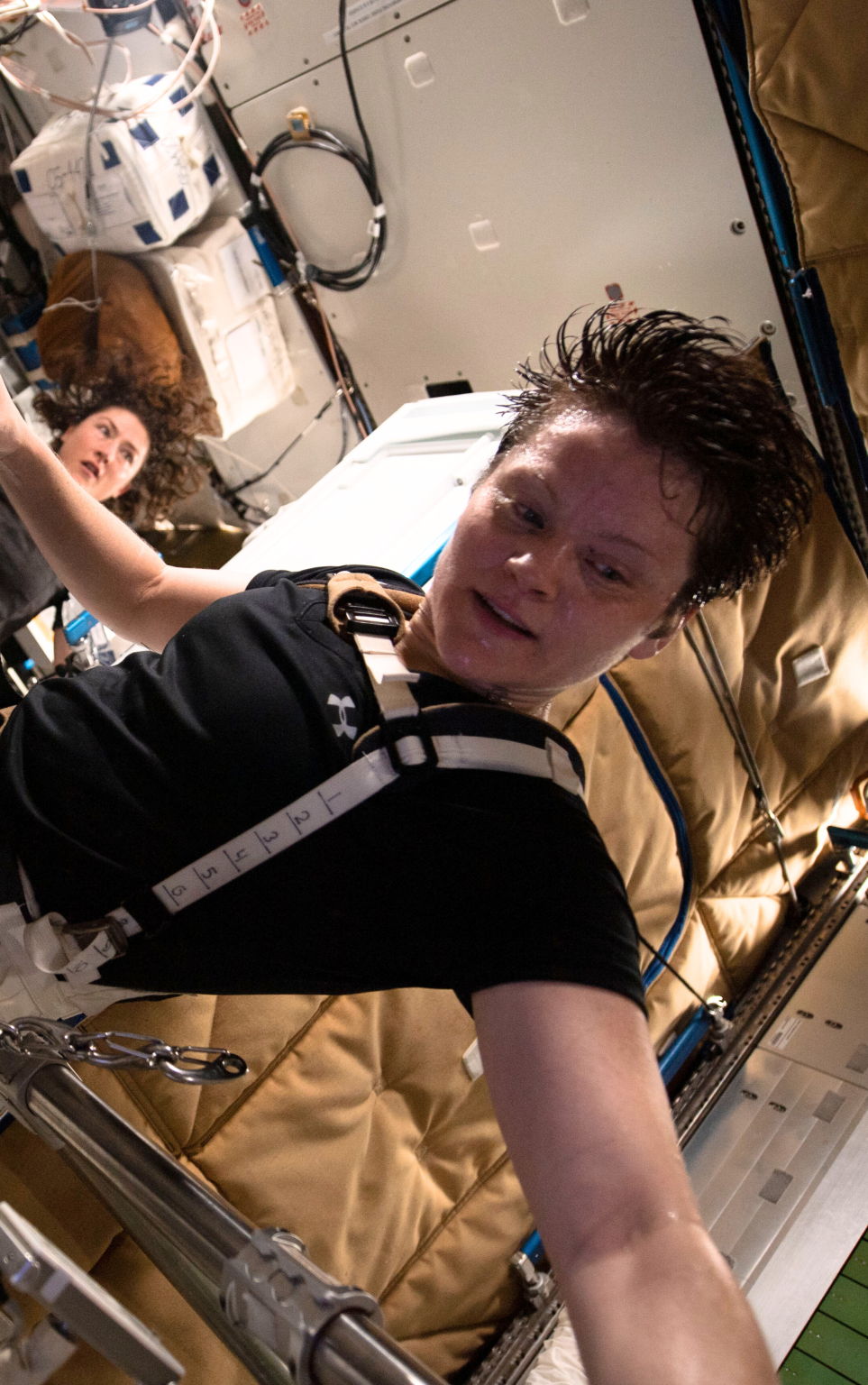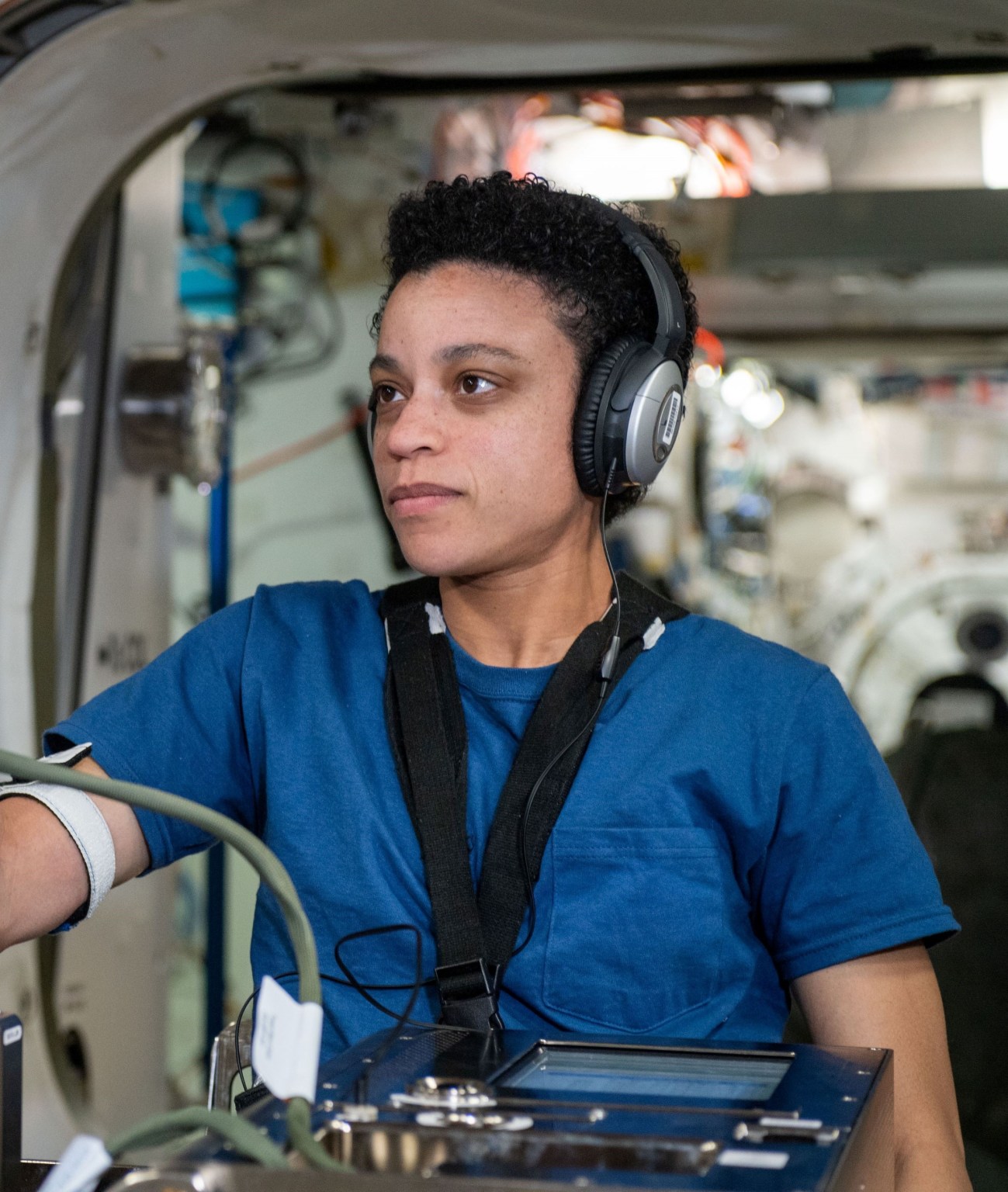Integrative Risks Models Toolkit
Download Software
The following software is available for download by authorized users. To request the software, please contact the JSC Technology Transfer and Commercialization Office (TTO) at jsc-techtran@mail.nasa.gov.
ARRBOD version 2.1
The space radiation environment, particularly solar particle events (SPEs), poses the risk of acute radiation sickness (ARS) to humans, and organ doses from SPE exposure may reach critical levels during extravehicular activities (EVA) or within lightly shielded spacecraft. NASA has developed an organ dose projection model using the Baryon transport (BRYNTRN) with SUMDOSE computer codes, and a probabilistic model of acute radiation risk (ARR). The risk projection models of organ doses and ARR take the output from BRYNTRN as an input to their calculations.
With a graphical user interface (GUI) to handle input and output for BRYNTRN, the response models can be connected easily and correctly to BRYNTRN in a user-friendly way. A GUI for the ARR and BRYNTRN Organ Dose (ARRBOD) v1.0 considered the prodromal syndrome and included several historical SPE spectra. ARRBOD v2.0 assesses the resultant early radiation risks from the blood forming organs (BFO) dose by using four biomathematical ARS models of lymphocytes depression, granulocytes modulation, fatigue and weakness syndrome, and upper gastrointestinal distress. The ARRBOD GUI is intended for mission planners, radiation shield designers, space operations in the mission operations directorate (MOD), and space biophysics researchers.
GERMCode
The GCR Event-based Risk Model (GERM) code is a stochastic model of space radiation transport being developed for new risk assessment approaches. The GERM code was built on the QMSFRG (quantum multiple scattering fragmentation) model and atomic interaction models used in HZETRN (high-charge and high-energy transport). Descriptions of particle track include the radial dose distribution and frequency of energy deposition in DNA volumes. Dose response models for cell survival and mutation, and Harderian gland tumors in mice described for mono-energetic or mixed particle fields behind shielding.
GERMcode is in excellent agreement with the NASA Space Radiation Laboratory (NSRL) and other laboratory physics measurements of fragmentation cross sections, particle fluence distributions, and the Bragg depth-dose curve. GERMcode provides scientists participating in NSRL experiments: data interpretation of their experiments; the ability to model the beam line, shielding of samples, and sample holders; and estimates of basic physical and biological outputs of experiments. GERMcode will be the main tool to develop new time-dependent stochastic descriptions of biological responses of interest for space radiation protection and Hadron therapy.
NASARTI
The NASA Radiation Track Image v3.0 (NasaRTI v3.0) has a compendium of codes and functions to model the effects of the high-charge high-energy (HZE) ion components of the galactic cosmic rays, which present unique challenges to biological systems in comparison to terrestrial forms of radiations. The GUI operates a DNA breakage model to visualize and analyze the impact of chromatin domains and DNA loops on clustering of DNA damage from X-rays, protons, and HZE ions. The model of DNA breakage includes a stochastic process of DNA double-strand break (DSB) formation and is based on the averaged radiation track profile and a polymer model of DNA packed in the cell nucleus.
Additionally, the NASARTI provides a function to analyze patterns of DNA damage foci, especially from high-LET particles, which have characteristic streak-like patterns. To improve comparisons with the manual count of foci, the package includes a segmentation algorithm for counting objects (including simple and co-localized DNA damage foci) in experimental images. In the NASARTI v3.0, we include a radiated tissue model to provide an analysis tool of radiobiological data on tissue level.
RITRACKS version 3.7
Relativistic Ion Tracks (RITRACKS) is a Monte-Carlo code for the simulation of heavy ion and d-ray tracks in biomolecules using accurate ionization and excitation cross sections for liquid water. RITRACKS provides detailed information on energy deposition and production of radiolytic oxidative species (which damage cellular components) in targets and voxels of different sizes at the micro- or nano scales.
RITRACKS provides a useful evaluation tool over the charge and energy range of interest for space radiation protection and Hadron therapy studies. It also provides the visualization capability of the microscopic 3D tracks. RITRACKS will provide stochastic track descriptions of the whole genome by improving the radiation chemistry algorithms of other species and including various biological targets.
HemoDose, Version 2.0
To guide medical personnel in making clinical decisions for effective medical management and treatment of exposed individuals in a radiology/nuclear disaster event, biological markers that reflect radiation-induced changes may be employed to assess the extent of radiation injury. Among these markers, the most widely used are peripheral blood cell counts. The HemoDose tools are built upon solid physiological and pathophysiological understanding of mammalian hematopoietic systems, as well as rigorous coarse-grained bio-mathematical modeling and validation.
Using single or serial counts of granulocyte, lymphocyte, leukocyte, or platelet after exposure, these tools can estimate absorbed doses of adult victims very rapidly and accurately. Patient data in historical accidents are utilized as examples to demonstrate the capabilities of these tools as a rapid point-of-care diagnostic or centralized high-throughput assay system in a large-scale radiological disaster scenario. Unlike previous dose prediction algorithms, the HemoDose tools establish robust correlations between absorbed doses and victims’ various types of blood cell counts not only in the early time window (one or two days), but also in very late phases (up to four weeks) after exposure.
HZETRN 2020
HZETRN2015 is the latest update of the High Charge (z) and Energy Transport (HZETRN) deterministic space radiation transport code. HZETRN2015 contains new algorithms and options for calculating 3D transport in user-defined combinatorial or ray-trace geometry. More computationally efficient bi-directional transport algorithms, similar to those found in HZETRN2010, may also be used to perform transport through multilayer slabs. Users can also opt to create an interpolation database for various thicknesses within one to three user-defined material layers using a straight-ahead transport algorithm, similar to HZETRN2005.
Transport calculations may be executed for Galactic Cosmic Ray (GCR), Solar Particle Event (SPE), low-Earth orbit (LEO), and user-defined environment boundary conditions. Neutrons, protons, and light ions are transported for SPE and LEO boundary conditions, while for GCR boundary conditions, heavy ions, pions, muons, electrons, positrons, and photons are also transported.
Online Tools and Models
The following online tools and models are available for authorized users. To request a username and password to access these tools, please contact the JSC Technology Transfer and Commercialization Office (TTO) at jsc-techtran@mail.nasa.gov.
OLTARIS
The On-Line Tool for the Assessment of Radiation in Space (OLTARIS) is a web-based set of tools and models that allows engineers and scientists to assess the effects of space radiation on spacecraft, habitats, rovers, and spacesuits. The site is intended to be a design tool for those studying the effects of space radiation for current and future missions as well as a research tool for those developing advanced material and shielding concepts. The tools and models are built around the HZETRN2010 radiation transport code and are primarily focused on human and electronic-related responses.
NAIRAS
The Nowcast of Atmospheric Ionizing Radiation for Aviation Safety (NAIRAS) is a NASA physics-based prototype operational model for predicting aircraft radiation exposure from galactic and solar cosmic rays. NAIRAS predictions are currently streaming live from the project’s public website. The NAIRAS model provides data-driven, global, real-time predictions of atmospheric ionizing radiation exposure rates on a geographic 1×1 degree latitude and longitude grid from the surface of the Earth to 100 km (62.13 miles) with a vertical resolution of 1 km (0.62 miles). The real-time, global predictions are updated every hour. Physics-based models are utilized within NAIRAS to transport cosmic rays through three distinct material media: the heliosphere, Earth’s magnetosphere, and the neutral atmosphere. The physics-based models are input-driven by real-time measurement data.
______
NASA’s Human Research Program, or HRP, pursues the best methods and technologies to support safe, productive human space travel. Through science conducted in laboratories, ground-based analogs, and the International Space Station, HRP scrutinizes how spaceflight affects human bodies and behaviors. Such research drives HRP’s quest to innovate ways that keep astronauts healthy and mission-ready as space travel expands to the Moon, Mars, and beyond.

